
You’ve seen it on maps. Maybe you’ve driven over it, fished from it, or watched it swell during spring rains. But by 2050, the Mississippi River could be unrecognizable. Water levels are dropping, and causes are stacking up fast. Let’s look at what’s putting this American artery at risk of drying up.
Reduced Snowpack In The Rockies

Picture spring in the Rockies: sun shining, mountains shedding water, but not enough. Climate models project a significant decline in seasonal snow by 2050. Less meltwater from Colorado’s headwaters means shallower flows downstream. The Mississippi’s strength weakens when its highland feeder runs short.
Warming Temperatures Accelerating Evaporation
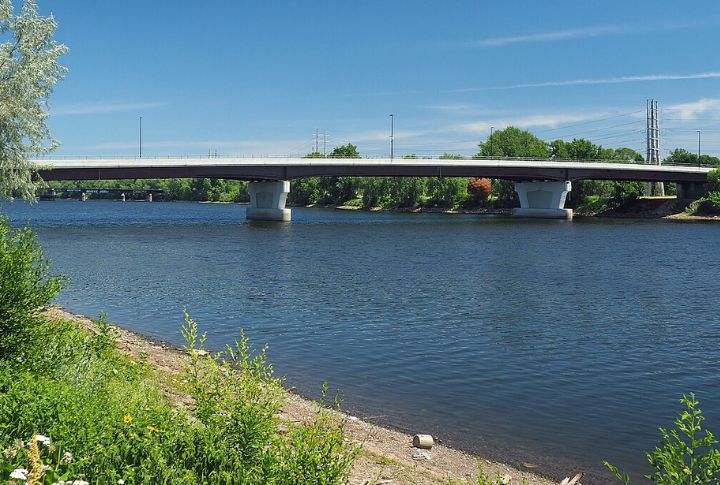
Heat saps water silently. Over the past century, average temperatures in the Mississippi Basin have crept upward. That rise intensifies evaporation, especially from tributaries and reservoirs. This isn’t a summer issue; it’s a year-round drain. Warmer air drinks more, leaving less for ecosystems and cities alike.
Overdrawn Groundwater Systems
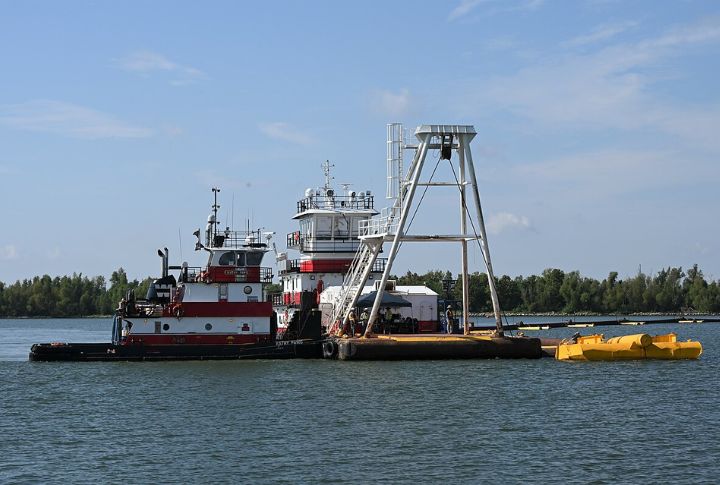
Farmers across the Plains pump groundwater like there’s no tomorrow. Aquifers such as the Ogallala, though massive, don’t refill easily, and they never fed the Mississippi directly. Other groundwater reserves once did. Now, as those reserves shrink, the river faces droughts without backup.
Loss Of Wetlands And Buffers
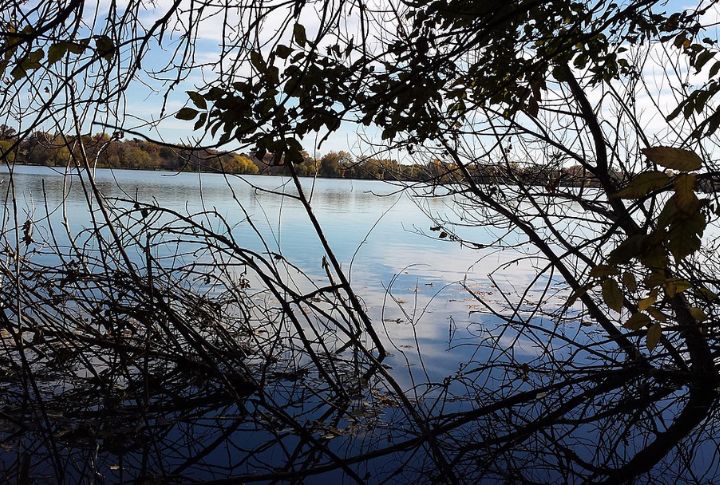
Gone are the natural wetlands that once slowed rainwater and released it gradually. Bulldozed for development or drained for farming, these spongy zones have vanished across much of the basin. Without them, rain rushes away fast, and the river gets no help when dry seasons linger.
Flow Disruption From Dam Overload
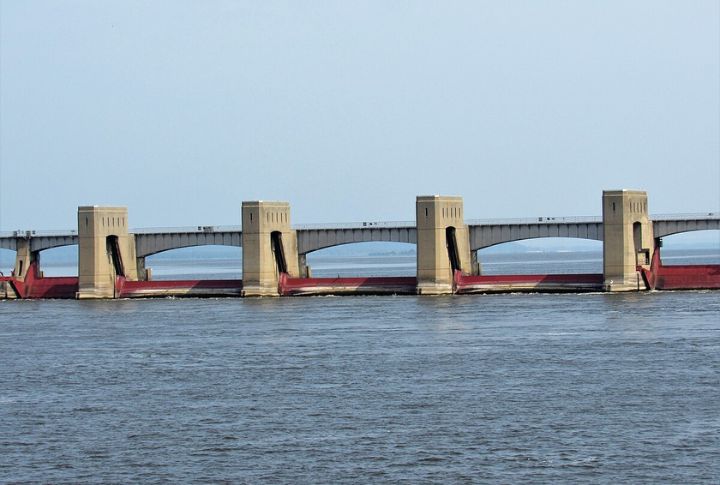
Each dam upstream acts like a traffic light on a highway. More than 29 major dams regulate and reroute the river’s rhythm. That manipulation disrupts the pulse that once moved naturally through the basin. Flow delays mean seasonal surges arrive weaker or not at all.
Shifting Rainfall Patterns

Rain now falls in bursts, skips key farming zones, and shows up when it’s least needed. Forecasts show that by 2040, central states could see a steep decline in dependable rainfall. The Mississippi depends on rhythm, not chaos, and the rain’s rhythm is unraveling fast.
Industrial Water Withdrawal
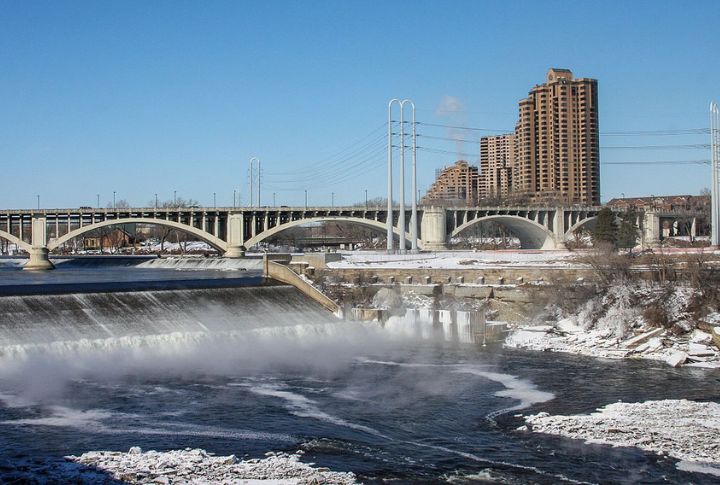
Steel plants and power stations draw billions of gallons daily from the Mississippi system. That thirst rarely makes headlines, but it steadily subtracts from the flow. Without strict controls or smarter recycling, industrial demand turns into an invisible siphon that drains the basin dry.
Agricultural Expansion Pressures Flow
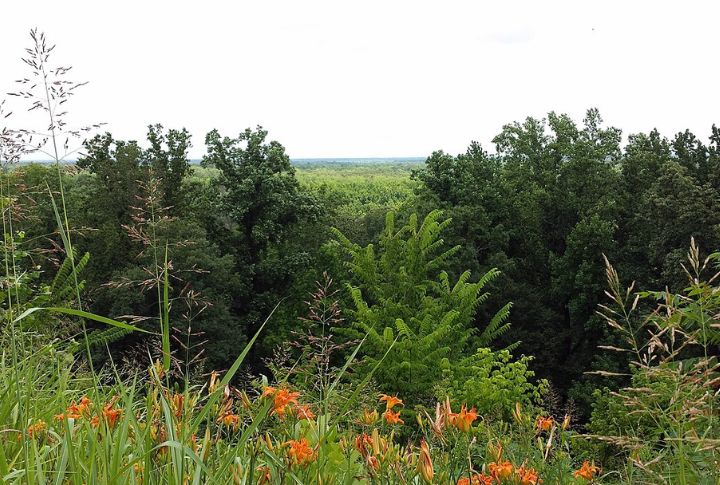
More land plowed for corn and cotton increases water strain. How? Irrigation exhausts rivers and streams. Fields replace forests that once filtered and slowed runoff. With every expansion, the basin loses the capacity to self-regulate, and so, the river keeps on shrinking, acre by acre.
Fragmented Oversight Of River Use
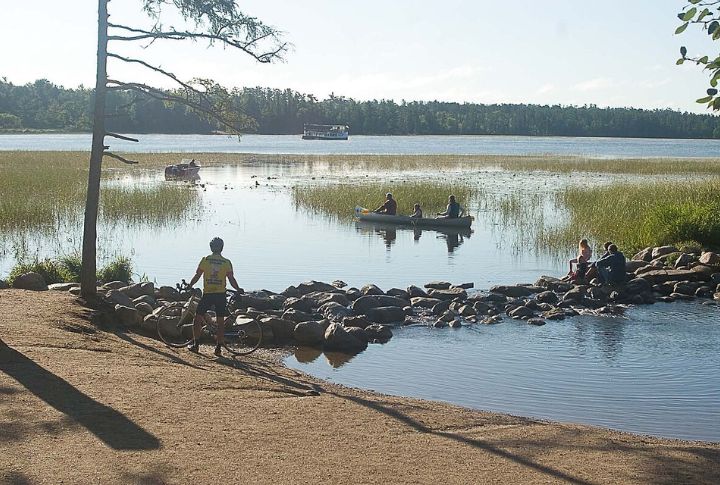
No single agency governs how much water flows, gets diverted, or is preserved. Instead, power splinters between states, boards, and federal departments. That fractured approach creates blind spots where river water gets overused. So, when nobody keeps a watch, rivers pay the price.
Issues From Saltwater Intrusion

Saltwater shouldn’t reach New Orleans’ faucets, but it has. In dry years, the Gulf pushes inland. That’s not because the sea swells but because the river flow falters. Without enough push from upstream, salt moves forward. The Mississippi, once mighty, yields to a tide it can’t fight.

